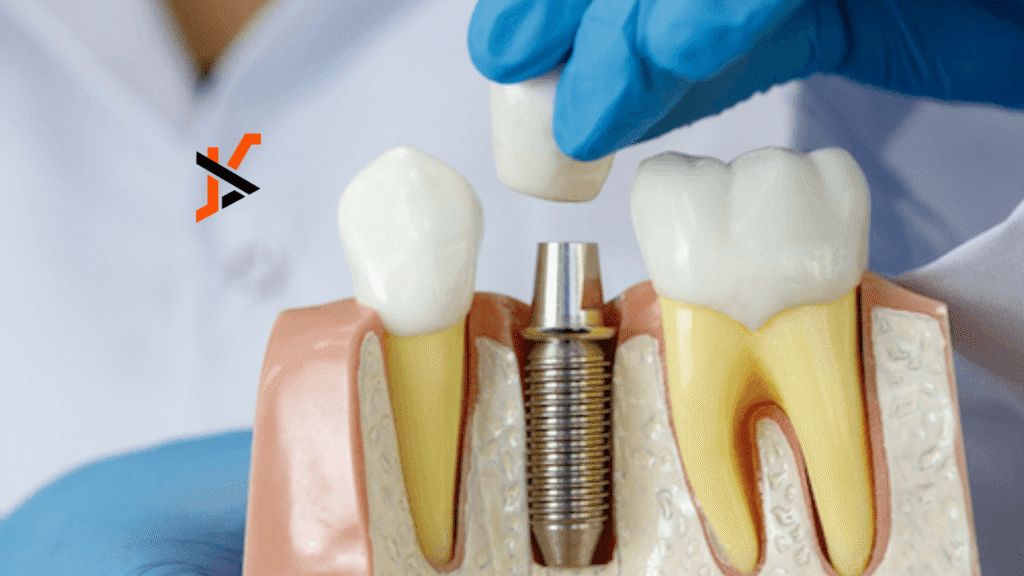Dental implants are designed to be sturdy, long-term replacements for missing teeth. So, feeling any movement in one can be unsettling. But don’t panic—there are several reasons this might happen, and understanding them is the first step toward resolving the issue.
Early Looseness: Often a Normal Part of Healing
If you notice a slight wobble soon after your implant procedure, take heart—it doesn’t necessarily signal failure. In many cases, this is simply part of the healing process. As the implant fuses with your jawbone (a process called osseointegration), the surrounding bone strengthens and stabilizes your new tooth.
Sometimes the surgical site may initially be slightly larger than the implant itself, creating a tiny amount of movement. But as healing progresses and the bone grows around the implant, this sensation should disappear on its own.
Persistent Movement Weeks or Months Later: Time to Seek Advice
If the looseness continues weeks or months after surgery, it’s time to visit your dentist. Prolonged movement could point to issues like:
- Implant rejection – when the body doesn’t fully accept the implant.
- Lack of bone integration – if the implant is surrounded by soft tissue instead of bone.
- Lifestyle factors – habits like smoking or heavy alcohol use can impair healing.
Prompt evaluation is essential. Your dentist can dental implantologist whether the implant needs more time to integrate or if replacement is the best course of action.
Looseness After a Year or More: Often Just the Crown
If your implant feels loose a year or more after placement, the problem may not lie with the implant itself but with the crown attached to it. Crowns can loosen over time due to everyday wear or slight changes in the surrounding bone. The fix? Usually a simple re-tightening or reattachment by your dentist.
Why Proper Integration Matters
The long-term success of a dental crown implant depends on how well it integrates with your jawbone. This process can be influenced by many factors, both within your control and beyond.
How to Support Your Implant’s Success
Choosing a skilled implantologist is crucial. Their expertise in planning, precise placement, and infection control can greatly increase your chances of success. After surgery, your role is just as important:
- Avoid smoking and excessive alcohol.
- Skip intense physical activity or heat-based treatments like saunas during early healing.
- Follow all aftercare instructions closely.
When the Unexpected Happens
Despite your best efforts, unforeseen health issues (sometimes called “force majeure” events) can impact healing. A sudden illness or new medication, for instance, may interfere with bone integration.
The Bottom Line
A wobbly implant isn’t always a cause for alarm. Understanding the possible causes and acting quickly ensures you and your dentist can address any issues before they become serious. With the right care and attention, your implant can continue to provide a secure, natural-looking smile for years to come.

